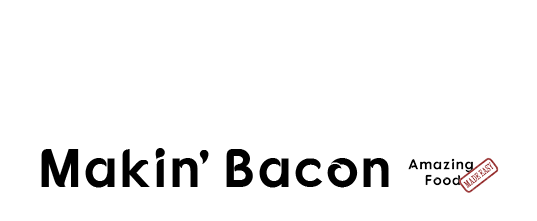How to Guides
Most Recent How to Guides Articles
How to Sell Custom Spices to Your Readers
Discovering how to sell custom spices on your food blog is a great way to grow your income while serving your Fans.
Read NowHow Do You Actually Publish a Cookbook?
When bloggers first start thinking about serving their fans by creating products or services, they usually turn to a recipe book or cookbook. Here is everything you need to know to create your own.
Read NowHow to Create a Cooking Course
As you blog more and more, you will become an expert at teaching people how to successfully do the type of cooking you write about. Once you get to this point, it can be really smart to start looking at creating cooking courses. These courses are a great way to repackage your content in a new form that your Fans will love.
Read NowHow to Set up a Patronage Campaign
The concept of patronage goes back thousands of years, when the elites in a society would help support artists by paying for them to work. The creations would still belong to the artists, but the patrons believed enough in the value of the work to help fund it. As more and more small, niche bloggers and artists try to make a living through their work, the patronage model has made a comeback.
Read NowWhat Skills Do You Need to be a Successful Food Blogger?
You don't need any specific skills to start as a food blogger. Here is a little bit about my background, and how despite my lack of experience I became a successful food blogger.
Read NowHow to Publish an Electronic Cookbook
Publishing an electronic cookbook is an amazing way to serve your fans, grow your income, and expand your brand. Here is everything you need to know about doing it.
Read NowHow to Get Design Help on Fiverr and 99designs
A good design can make or break a product, so I highly recommend turning to professional help when you need a little boost of professionalism.
Read NowHow to Create and Sell T-Shirts for Your Food Blog
A pretty easy, but often overlooked, way to make some extra money from your food blog is through selling t-shirts, mugs, bags, and other accessories. There are many ways to do this, but this article will look at using Threadless.com to create and sell them.
Read NowHow to Design and Sell a Cheat Sheet Card for a Food Blog
One of the most successful food blogger monetization strategies we implemented was to create a plastic cheat sheet that we could sell to our readers. Here is a detailed look at that process.
Read NowHow to Analyze a Page with Link Tracking and Scrollmaps
I wanted to look how we analyzed our data by using click tracking and scroll maps. At their most basic level, these tools show you what links your readers actually clicked, and what parts of the page they actually stopped on.
Read Now























